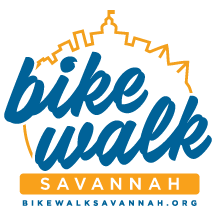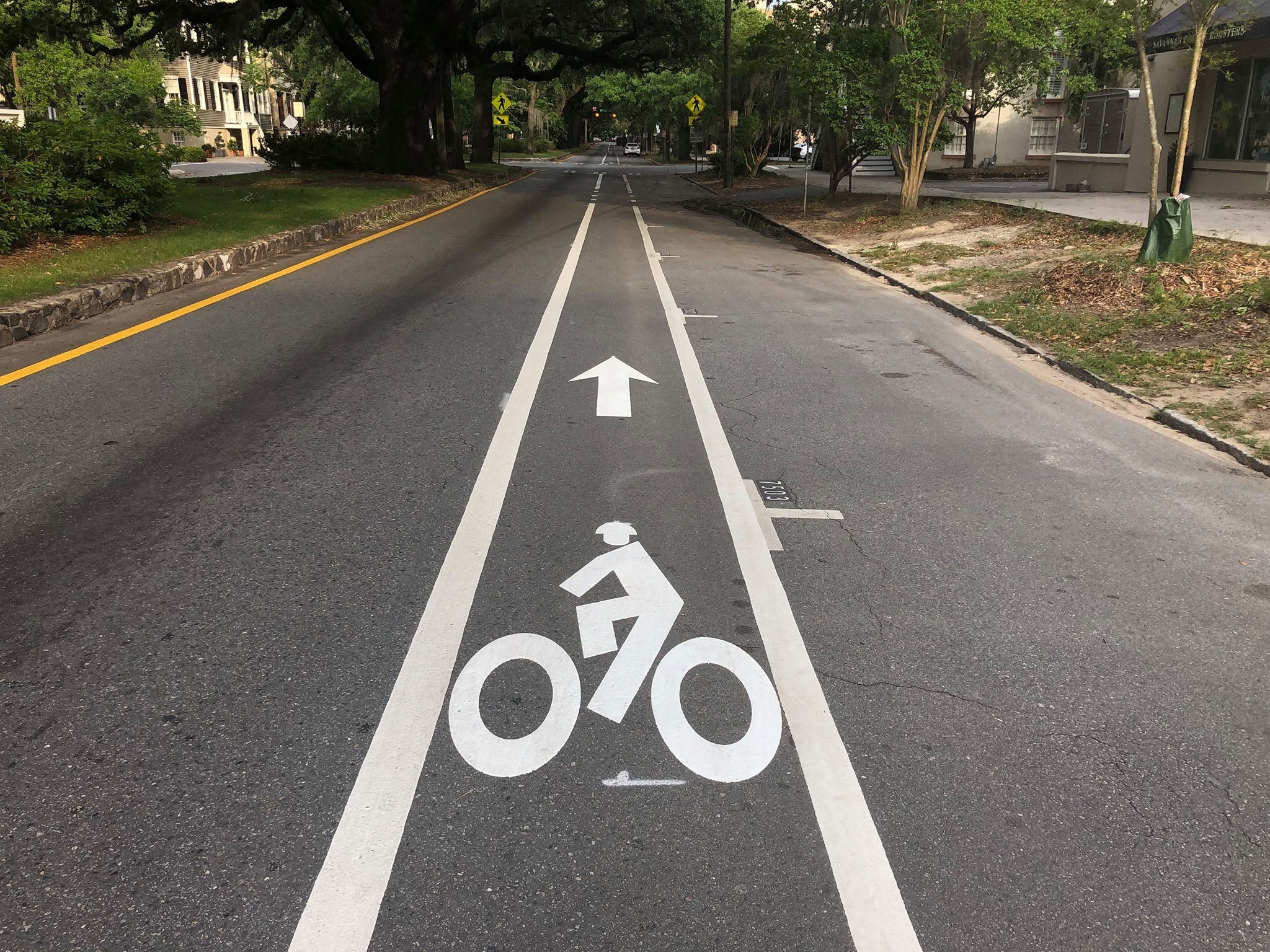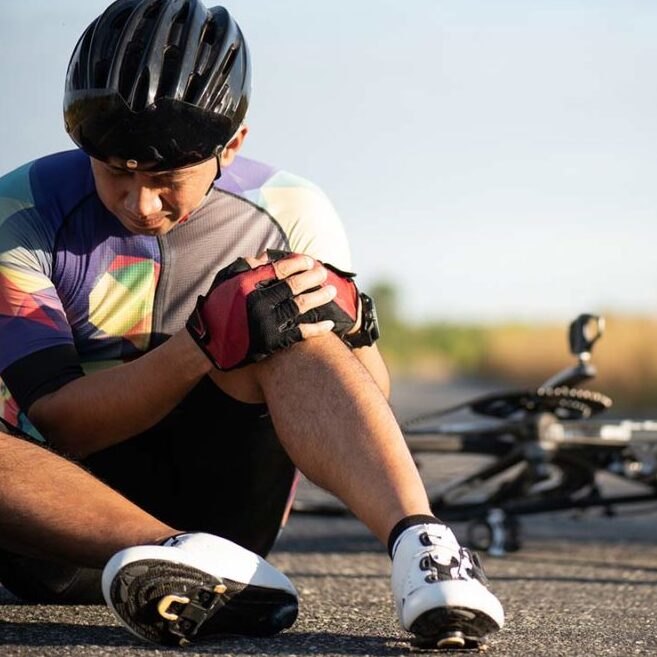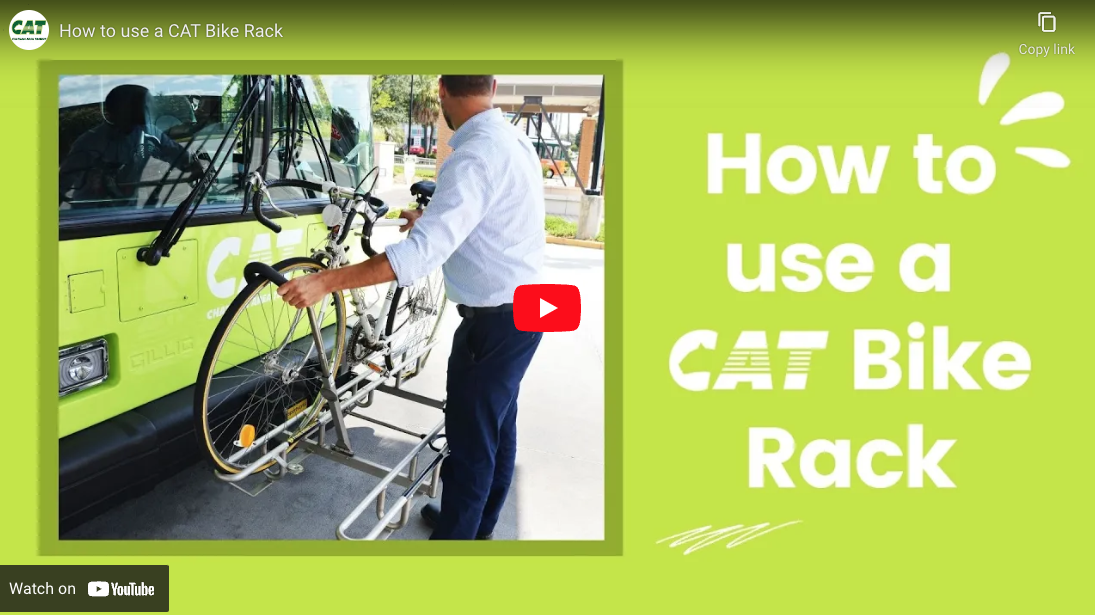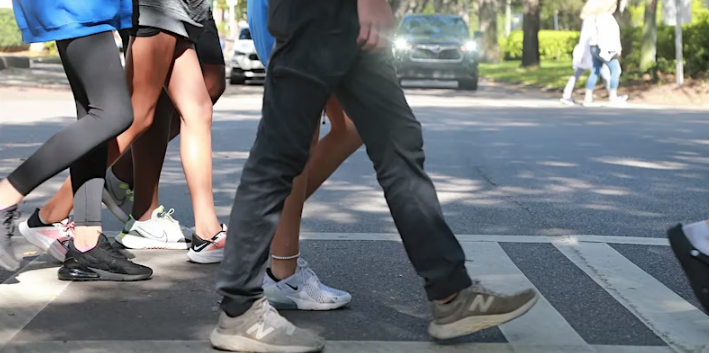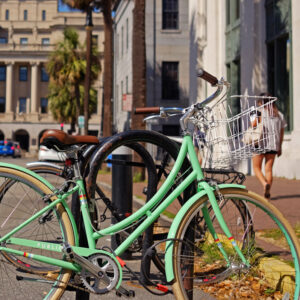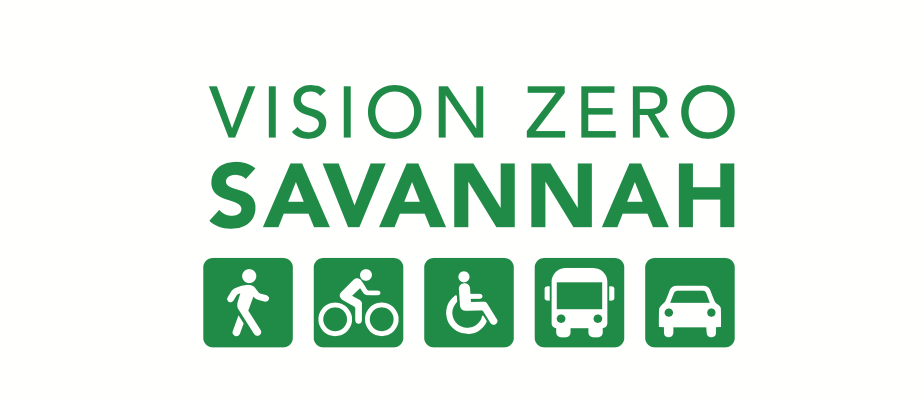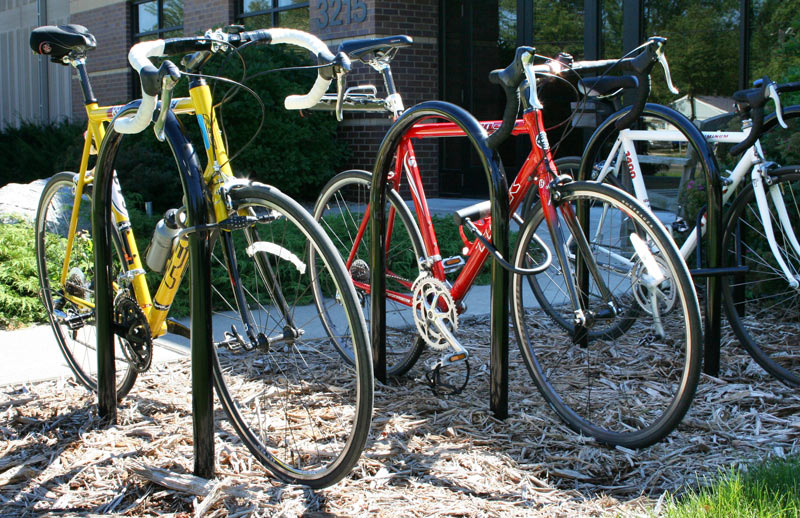Savannah’s level topography, dense urban form, and warm weather make it a great place to get around by bike. However, Savannah also has a high rate of traffic crashes involving people on bikes.
Tips for Safe Driving Near Bicyclists
React to bicyclists as you would any other vehicle. You wouldn’t drive inches next to another car, so why would you drive so close to a person on a bike?
Don’t park in bike lanes or blocking access to multiuse paths. It may just be “for a minute”, but that minute could be the difference in someone biking safely to their destination and being put in unnecessary conflict with another driver.
If there is oncoming traffic, slow down and wait to pass until traffic clears.
- Check for bicyclists in your blind spots
- When driving a larger vehicle, allow extra room for mirrors, extended wheel wells, trailers, etc.
- Large profile vehicles can create a windblast, which can knock a bicyclist off the road
- Return to your lane when the bicyclist is in your rearview mirror
- Do not attempt to “squeeze by”
Do not past a bicyclist before a red light or stop sign, hill, or immediately before you make a right turn.
Give at least 3 feet of space! According to the updated 3 ft to pass law, updated July 2021:
- A driver passing a person on a bike should change lanes if road and traffic conditions allow
- Includes allowance to pass on a double yellow when conditions are safe to do so
- No passing into blind turns, blind hills, or oncoming traffic
- When it is not safe to change lanes, a driver is required to slow down to 25 mph or 10 mph below the posted speed limit, whichever is greater, to execute a safe pass within the lane and shared space
- Violations of the law carry a maximum fine of $250 as a misdemeanor offense
- Under Georgia law, a video recording of an act is valid as a witness for enforcement of violations
Don’t drive distracted or under the influence. Again, it’s the law!
Consider driving conditions. Whether it’s raining or sunny, there’s something happening that can influence your driving. Make sure to slow down or give yourself extra room if you need it, and consider pulling over rather than powering through if conditions are dangerous.
Avoid illegal courtesies, like encouraging someone to ride through a stop sign in front of you. They may be able to see further down the street than you, or may take more time to get rolling, which can cause everyone to get frustrated.
Know where kids are biking. Children may not know the rules of the road so slow down and pay extra attention when driving in areas where children can be expected.
Interested in learning more about being a Bicycle and Pedestrian Friendly Driver? Sign up for an upcoming class or view our webinar here!
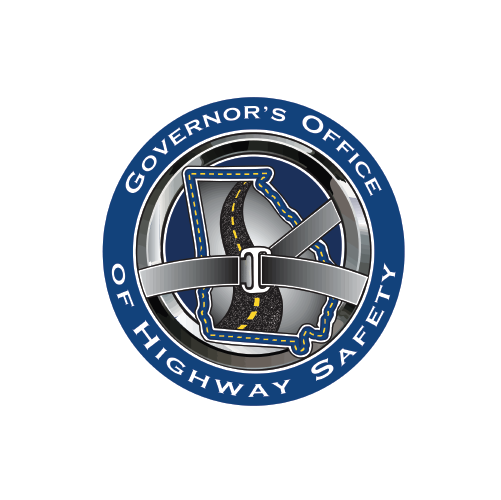
This blog post is produced thanks to support from the Governor’s Office of Highway Safety.
